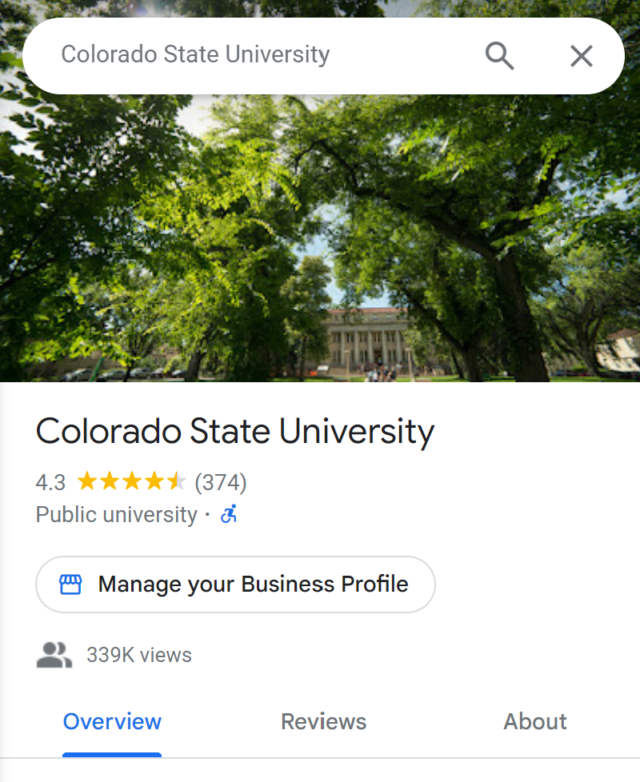SEO can be a daunting process. With so many factors to consider, from the technical side and on-page optimization to link building, social media and other off-page SEO strategies, it can sometimes feel overwhelming. In this blog post, I highlight five easy-to-implement SEO tactics that you can include in your workflow to see immediate gains.
Optimize meta tags
Optimizing your meta tags is an excellent example of a quick win in SEO. It requires little effort but can greatly improve your website’s visibility and increase click-through rates.
Meta tags, especially meta titles and descriptions, are key to helping search engines understand and display your pages in search results. More importantly, they inform users about your page content by showcasing a snippet in search engine results pages (SERPs).

Internal linking
Internal linking keeps users engaged by leading them to related content, increases the chances of conversions, and distributes link equity across your site. Not only do high-authority pages benefit, but internal links from top-ranking pages can boost the visibility and authority of smaller or newer pages as well.
This boosts both user experience and your site’s SEO, improving rankings and traffic.
Fixing broken links on your website is also a worthwhile effort. You can find broken links in your Google Search Console’s Page Indexing Report.
Claim and optimize your Google Business Profile
Google still accounts for the bulk of web searches. While the name suggests this is a feature that’s a must-have for businesses, higher ed institutions can use it to present accurate information at the institution-level profile, sub-level profiles for schools, colleges, and departments within the institution, and profiles for different campus locations.

If you haven’t already, claim your Google Business Profile. From there:
- Optimize your business name and description with keywords.
- Add logo and a few images.
- Manage and respond to reviews over time.
- Add business hours and any special hours (holidays or weekend closures).
Add Alt-texts to images
Alt-text provides a description of an image for visually impaired users who rely on screen readers. The benefits of using alt-texts for images are multi-pronged:
- It helps ensure your content is accessible to all users, in line with accessibility standards like WCAG (Web Content Accessibility Guidelines).
- Alt-text helps search engines understand the content of your images, improving your visibility in image search results.
- Optimizing your alt-text with relevant keywords and clear descriptions can help your images appear in image search results, potentially driving more traffic to your site.
Create original content and refresh it regularly
Google and other search engines value original, up-to-date content. You should aim to showcase your subject-matter expertise with your content. Use long tail-keywords to give your pages a better chance of ranking for highly competitive keyword themes. Long-tail keywords inserted strategically in your content body such as title and sub-heads are beneficial. Also, try to hit user-search intent from as many angles as possible or in other words answer as many user questions as possible with your content. This will give you a chance to appear in the “people also ask” SERP section on Google.